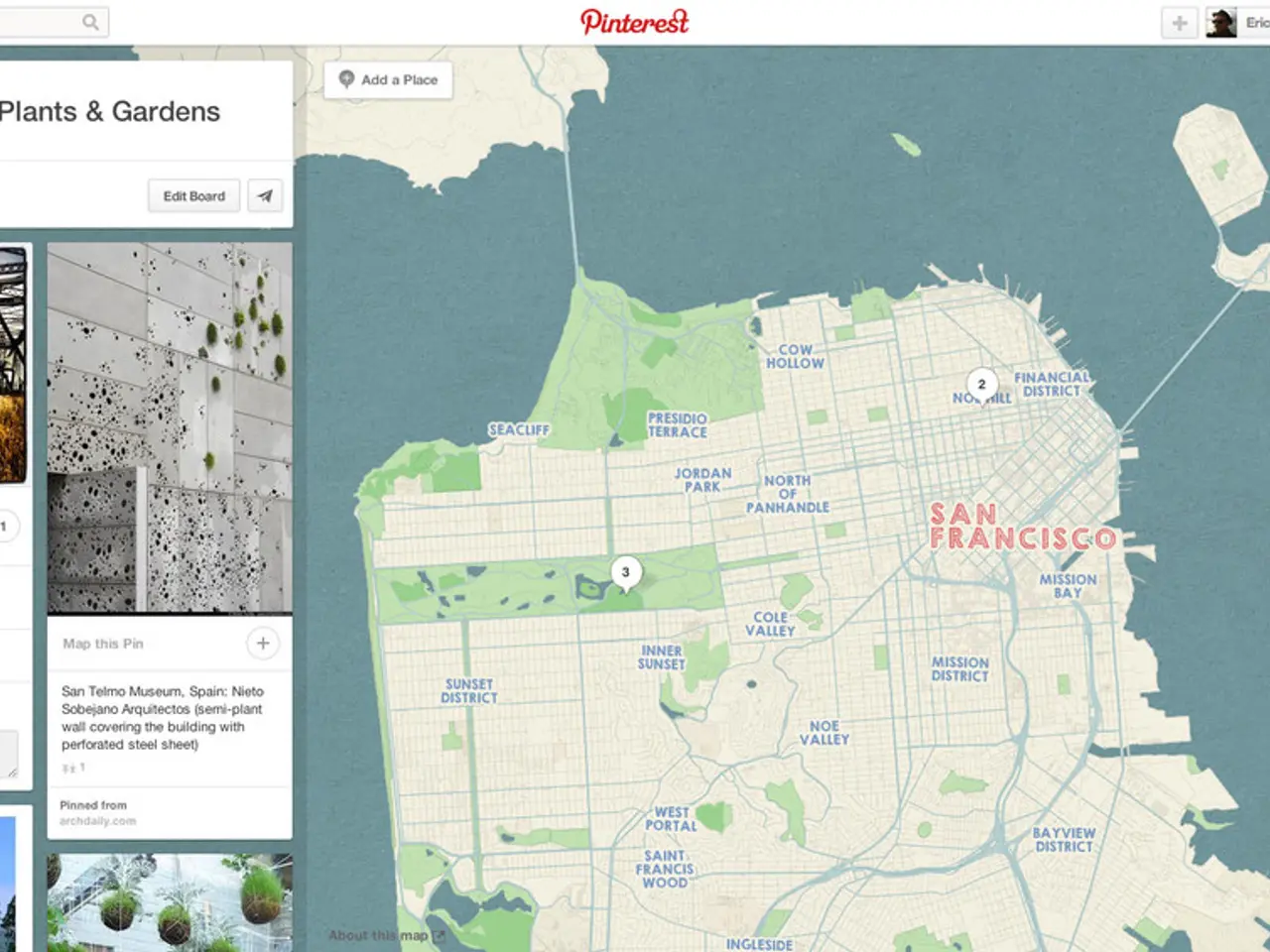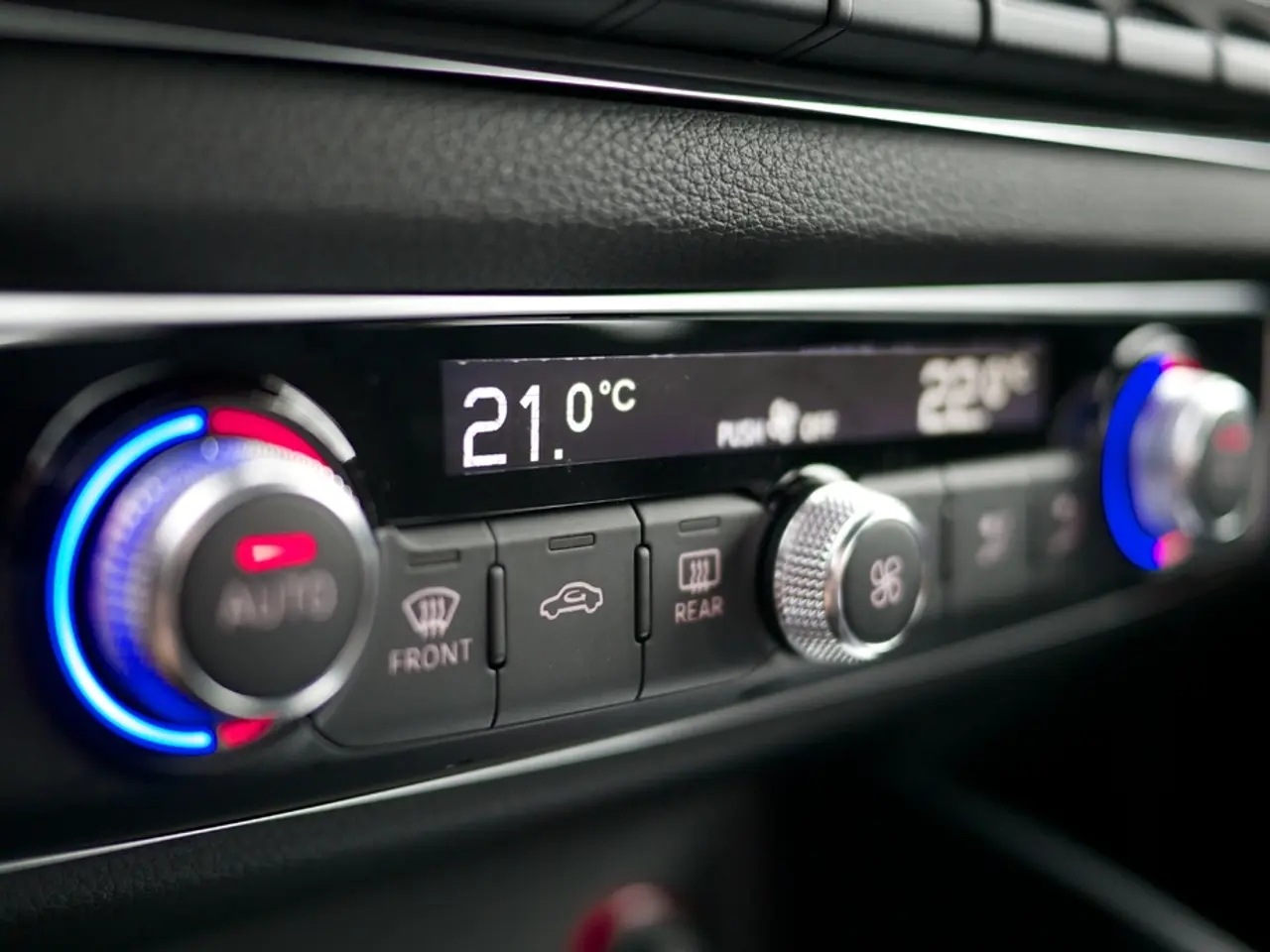Unveiling the Innovative IHO S-100: The Revolutionary Geospatial Standard for Hydrographic Data by the International Hydrographic Organization
The International Hydrographic Organization (IHO) is spearheading a significant advancement in hydrographic data standards with the development of S-100, a new geospatial standard designed to support a greater variety of digital data sources, products, and customers [1]. This standard builds upon the legacy S-57 standard but offers a more flexible and extensible model to enhance maritime situational awareness and decision-making, particularly in complex coastal and port environments.
The development of IHO S-100 is the subject of a reprinted paper published in 2007 in The International Hydrographic Review [2]. The paper discusses the creation of this new standard, which aims to address the limitations of S-57, such as being primarily developed for Electronic Navigational Charts (ENCs), having an inflexible maintenance regime, and being unable to support future requirements like gridded bathymetry or time-varying information.
S-100 seeks to separate the data content from the carrier, provide manageable flexibility, have an ISO-conforming registry, and offer separate registers for other user communities. The feature dictionaries in S-100 will only consist of the definitions for features, attributes, and enumerations. Binding between these definitions, units of measure, format, etc., will be included in a feature catalogue, which will be specific to each product specification [2].
The standard includes numerous product specifications extending hydrographic data types to bathymetry (S-102), water levels (S-104), surface currents (S-111), navigational warnings (S-124), marine infrastructure (S-131), and weather overlays, among others [1]. S-100 enables integration of different data layers within Electronic Chart Display and Information Systems (ECDIS), enhancing the precision and adaptability of navigational information [1][3].
S-100 is currently being adopted and validated worldwide. For instance, the Canadian Hydrographic Service is conducting S-100 sea trials on the St. Lawrence River, and the Egyptian Navy Hydrographic Department recently released new S-101 (Electronic Navigational Charts under S-100) test datasets for Alexandria and Port Said ports, marking significant progress in digital navigation modernization efforts [1][3].
Looking ahead, IHO and participating hydrographic offices intend to continue expanding and refining S-100 product specifications and adoption globally. This includes expanding datasets, improving portrayals, and integrating dynamic maritime information to support safer navigation and maritime operations [1][3]. Stakeholders expect S-100 to serve as a digital foundation supporting not only navigational safety but also broader marine spatial data infrastructures, resource management, and environmental protection.
S-100 is designed to align closely with international geospatial standards, particularly ISO standards for geographic information (ISO 19100 series). This alignment enables interoperability between hydrographic datasets and other geospatial data systems used in various domains. Building on ISO standards ensures S-100 is not a standalone niche hydrographic framework but part of a broader international data ecosystem facilitating integration, data sharing, and harmonization across marine and terrestrial spatial data infrastructures.
References: [1] International Hydrographic Organization. (2021). IHO S-100. Retrieved from https://www.iho.int/iho-standards/s-100 [2] IHO Technical Committee on Digital Hydrographic Data (TC-DHD). (2007). The IHO S-100 Geospatial Standard for Hydrographic Data. The International Hydrographic Review, 38(1), 2-11. [3] GIS Development Team. (2021). S-100: The Future of Hydrographic Data Standards. Geospatial World. Retrieved from https://www.geospatialworld.net/article/s-100-the-future-of-hydrographic-data-standards/
- The new geospatial standard, S-100, developed by the International Hydrographic Organization (IHO), aims to address limitations in the previous S-57 standard by incorporating scientific advancements, such as climate-change data and environmental-science insights, in hydrographic data to ensure the safety of navigation.
- In collaboration with various stakeholders, the IHO and participating hydrographic offices plan to extend and refine S-100 product specifications, leveraging technology like data-and-cloud-computing to integrate dynamic maritime information, enhancing the precision and adaptability of navigational information, while also supporting broader marine spatial data infrastructures, resource management, and environmental protection.
- To ensure interoperability and harmonization across marine and terrestrial spatial data infrastructures, S-100 aligns closely with international geospatial standards, particularly those defined in the ISO 19100 series, demonstrating the standard's role in fostering a unified international data ecosystem.




